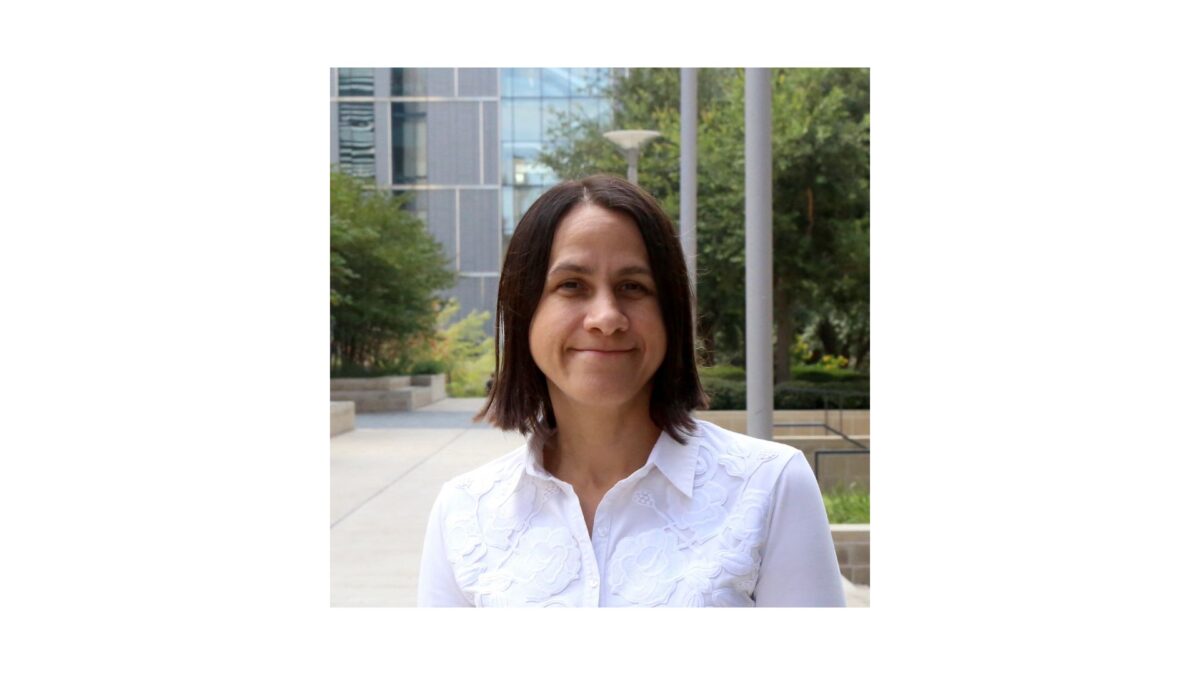
- This event has passed.
Why is Gallium Liquid at Room Temperature? (Nicola Gaston, Univ. of Auckland)
May 21 @ 9:30 am - 10:30 am

Abstract:
The use of low-temperature liquid metals, such as gallium, as media for the dilution of other metals has led to an increasing variety of examples of how temperature- and concentration-dependent interactions can be used to direct the self-assembly of nanostructure, with astonishing precision, resulting in novel pattern formation and structural control. However the underlying interactions driving such phenomena are still poorly understood. A question of fundamental importance remains to be answered: why does gallium have such a low melting temperature, of 29.8 degrees Celsius, to begin with?
Recent first-principles simulations have demonstrated that, in contrast to previous assumptions, covalent bonding becomes more important in the liquid at higher temperatures, meaning that covalency is not a significant feature of the liquid near the phase transition temperature. This explains the experimental observation of a decrease of resistivity of the metal upon melting, and its subsequent anomalously nonlinear increase with temperature. It also suggests that the change of enthalpy upon the change from solid to liquid phase is not anomalous, and that instead the entropy difference between the dimeric solid and monatomic liquid explains the room temperature (on a nice day) melting point [1].
[1] S. Lambie, K. G. Steenbergen & N. Gaston, Resolving decades of debate: the surprising role of high-temperature covalency in the structure of liquid gallium. Mater. Horizons, DOI:10.1039/D4MH00244J (2024).
Biography:
I studied at the University of Auckland and Massey University in New Zealand, and was a postdoctoral fellow at the Max Planck Institute for the Physics of Complex Systems, in Dresden, Germany, before I returned to New Zealand to work at Industrial Research Limited, and later at Victoria University of Wellington. I have been Co-Director of the MacDiarmid Institute for Advanced Materials and Nanotechnology, a New Zealand Centre of Research Excellence, since 2018. I was the elected President of the New Zealand Association of Scientists in 2014 and 2015.
This seminar is being hosted by Prof. Michael Dickey.
